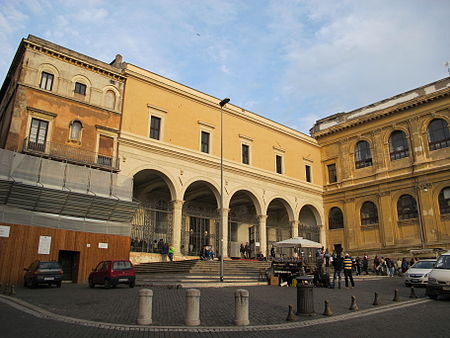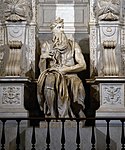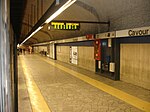San Pietro in Vincoli

San Pietro in Vincoli ([san ˈpje.tɾo in ˈviŋ.ko.li]; Saint Peter in Chains) is a Roman Catholic titular church and minor basilica in Rome, Italy, best known for being the home of Michelangelo's statue of Moses, part of the tomb of Pope Julius II. The Titulus S. Petri ad vincula was assigned on 20 November 2010, to Donald Wuerl. The previous Cardinal Priest of the basilica was Pío Laghi, who died on 11 January 2009. Next to the church is hosted the Faculty of Engineering of La Sapienza University, in the former associated convent. This is named "San Pietro in Vincoli" per antonomasia. The church is on the Oppian Hill near Cavour metro station, a short distance from the Colosseum.
Excerpt from the Wikipedia article San Pietro in Vincoli (License: CC BY-SA 3.0, Authors, Images).San Pietro in Vincoli
Piazza di San Pietro in Vincoli, Rome Municipio Roma I
Geographical coordinates (GPS) Address External links Nearby Places Show on map
Geographical coordinates (GPS)
| Latitude | Longitude |
|---|---|
| N 41.893888888889 ° | E 12.493055555556 ° |
Address
Basilica di San Pietro in Vincoli
Piazza di San Pietro in Vincoli 4/a
00184 Rome, Municipio Roma I
Lazio, Italy
Open on Google Maps











